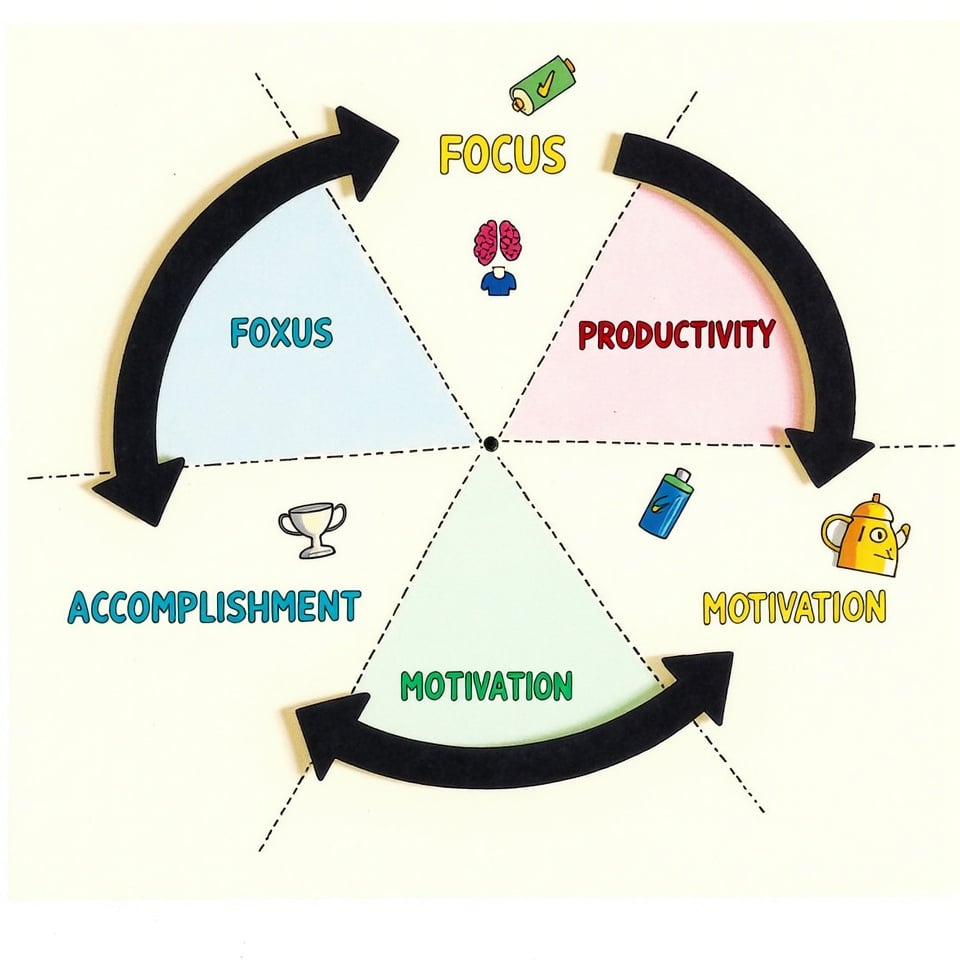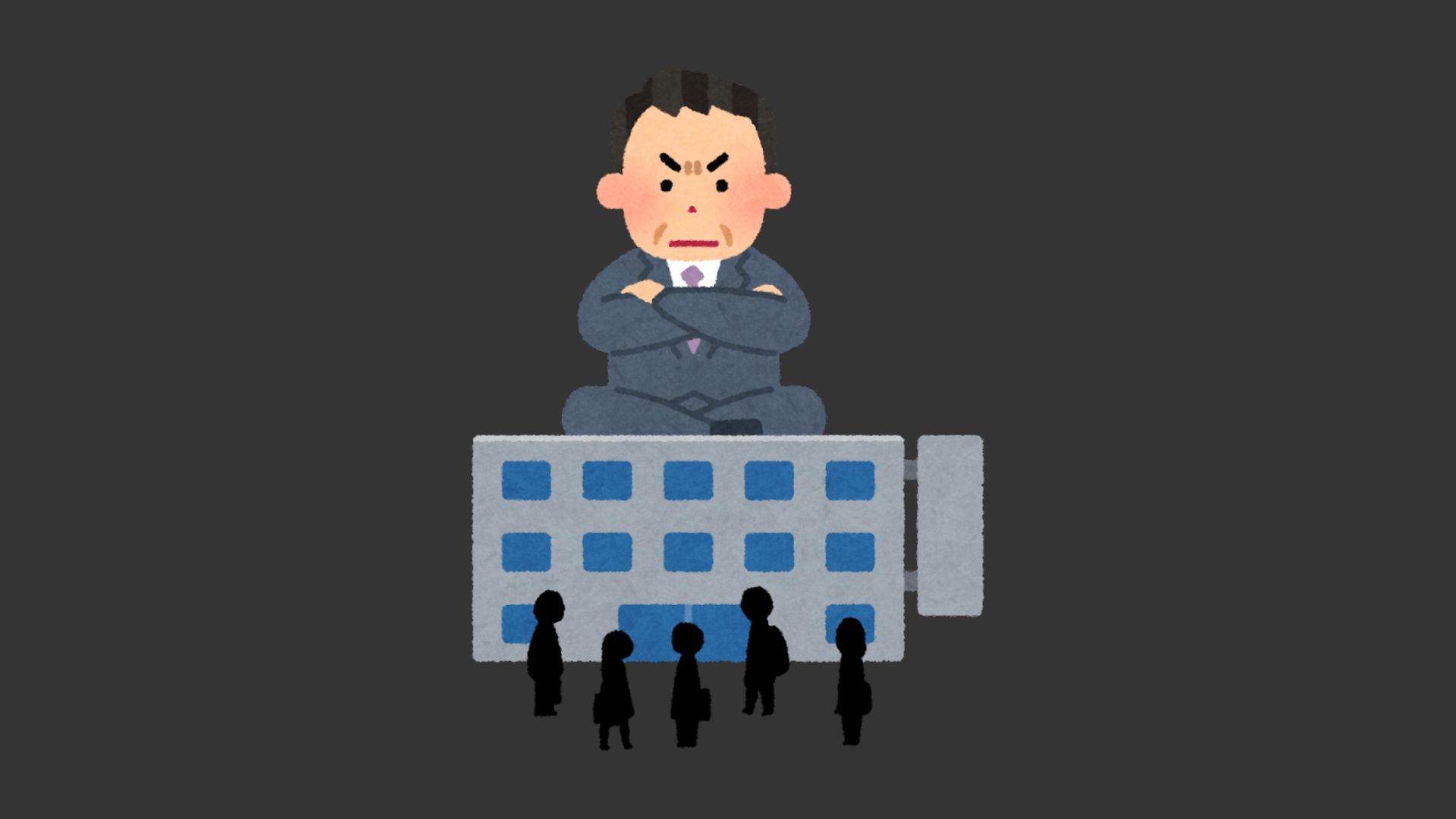Enter the Kanban board – a visual workflow tool revolutionizing how teams get things done.
I’ve spent 10 years implementing Kanban systems across different industries, and I can tell you: it’s a game-changer.
Whether using Trello, Fibery, or a simple whiteboard, Kanban boards help visualize work, limit overload, and boost productivity.
Today, I’m going to show you exactly how Kanban boards work, which tools to use, and how to avoid common mistakes that trip up most teams.
The best part?
You can set up your first Kanban board in less than 30 minutes.
Let’s dive in.
What is a Kanban Board
A Kanban board is a visual workflow management tool that helps teams track and optimize their work processes.
Imagine a digital or physical board divided into columns, each representing different stages of your workflow – like “To Do,” “In Progress,” and “Done.”
Originally developed by Toyota in the 1940s for manufacturing, Kanban has evolved into a powerful project management method. Today, it’s used across industries, from software development to marketing teams, helping visualize work and identify bottlenecks.
Think of it as your team’s command center.
Tasks are represented by cards that move across the board as work progresses.
Whether you’re using a physical whiteboard with sticky notes or digital tools like Trello or Asana, the principle remains the same – making work visible and manageable.
The beauty of Kanban lies in its simplicity.
You can see at a glance what’s being worked on, who’s responsible, and where things might be getting stuck. It’s like having a GPS for your projects, showing exactly where everything stands at any moment.
Modern Kanban boards come in many forms. You might use a physical board for team meetings, Excel for simple projects, or specialized software like Asana or Fibery for complex workflows. Each card typically contains task details, deadlines, assignees, and any relevant attachments or comments.
The key elements of any Kanban board include:
- Visual signals (cards)
- Columns (representing workflow stages)
- Work-in-progress (WIP) limits
- Commitment and delivery points
- Swimlanes (optional, for different types of work)
Whether you’re managing a small personal project or coordinating a large team’s workflow, Kanban boards provide the transparency and structure needed to keep work flowing smoothly.
Types of Kanban Boards
Let’s explore the various Kanban board options available today, each designed to meet different team needs and work styles.
Whether you’re a solo entrepreneur or part of a large enterprise, there’s a Kanban solution that fits your workflow perfectly.
Physical Kanban Boards
The classic whiteboard-and-sticky-notes approach remains popular for its tangibility and simplicity. Teams can gather around, move cards physically, and have face-to-face discussions. Perfect for small teams or those who prefer hands-on interaction, physical boards can be created using whiteboards, cork boards, or even wall space with tape to define columns.
Digital Kanban Tools
Modern digital solutions offer flexibility and advanced features. Tools like Trello, Fibery, and Asana provide real-time updates, file attachments, and remote accessibility. These platforms are ideal for distributed teams and complex projects requiring detailed tracking and automation.
Excel/PowerPoint Kanban
For teams on a budget or with simple needs, spreadsheet-based Kanban boards offer a practical solution. Excel templates can be customized easily, though they lack the automation and collaboration features of dedicated tools.
Personal Kanban
Simplified boards for individual use, often focusing on basic to-do management. These can be physical notebooks, mobile apps, or simple digital tools, helping individuals manage daily tasks and personal projects.
Team Kanban Boards
Designed for collaborative work, these boards often include:
- Multiple swimlanes for different team members
- WIP limits to prevent overload
- Priority indicators
- Due dates and time tracking
Enterprise Kanban Systems
Large-scale implementations using tools like Miro or monday.com that support:
- Multiple projects and teams
- Complex workflows
- Detailed reporting
- Integration with other business tools
- Resource management features
Marketing Kanban
Specialized boards for marketing teams featuring:
- Content calendars
- Campaign tracking
- Social media scheduling
- Review and approval workflows
Development Kanban
Tailored for software teams using platforms like Jira, including:
- Sprint planning
- Bug tracking
- Code review stages
- Release management
- Integration with development tools
Each type serves different needs and can be customized to match specific workflow requirements and team preferences.
Key Elements of a Kanban Board
Understanding the essential components of a Kanban board is crucial for maximizing its effectiveness.
Let’s break down each element and see how they work together to create a powerful project management tool.
Cards (Work Items)
These visual representations of tasks are the heart of any Kanban board. Each card contains essential information like task description, owner, deadline, and priority. Think of them as mini-briefings that tell the complete story of each work item.
Columns (Workflow Stages)
The standard setup includes “To Do,” “In Progress,” and “Done,” but you can customize these to match your process. Many teams add columns like “Review,” “Testing,” or “Blocked” to reflect their specific workflow needs.
WIP (Work in Progress) Limits
These crucial caps prevent overload by restricting how many items can be in each column. Like traffic signals, they help maintain smooth flow and prevent bottlenecks. Most teams start with a WIP limit of 1-3 items per person.
Swimlanes
Horizontal lanes that divide your board into categories, teams, or priorities. They help organize complex workflows and make it easier to track different types of work simultaneously. Perfect for separating urgent from routine tasks.
Commitment and Delivery Points
Clear markers showing where work enters and exits your system. The commitment point is typically your backlog, while the delivery point represents completed work ready for customers or stakeholders.
Visual Signals
Color coding, tags, and icons that quickly communicate status, priority, or type of work. These visual cues make it easy to spot issues or priorities at a glance.
Key metrics to track include:
- Lead time
- Cycle time
- Throughput
- Bottlenecks
- Team capacity
Additional Features:
- Due dates
- Assignees
- Checklists
- Attachments
- Comments
- Time tracking
- Priority markers
These elements work together to create a clear, efficient system for managing work across any project or team size.
Benefits of Using Kanban Boards
Ready to supercharge your team’s productivity?
Let’s explore the game-changing advantages that make Kanban boards a must-have tool for modern project management.
From startups to Fortune 500 companies, these benefits have transformed how teams work.
Visual Workflow Management
Transform complex projects into clear, visual representations. Teams can instantly grasp project status, bottlenecks, and priorities without diving into lengthy reports. This visual clarity helps everyone stay aligned and focused.
Enhanced Team Collaboration
Real-time visibility promotes better communication and teamwork. When everyone sees the same board, misunderstandings decrease while coordination improves. It’s like having a shared team brain that everyone can access.
Improved Productivity
WIP limits prevent multitasking and help teams focus on completing tasks before starting new ones. This focused approach typically leads to faster delivery times and higher quality work.
Flexibility and Adaptability
Unlike rigid project management systems, Kanban boards easily adapt to changing priorities. Teams can quickly reorganize tasks, adjust workflows, and respond to new requirements without disrupting the entire process.
Better Resource Management
Clear visibility of work distribution helps:
- Prevent team overload
- Identify capacity issues
- Balance workloads effectively
- Plan resources efficiently
Continuous Improvement
Kanban boards make it easy to:
- Track performance metrics
- Identify bottlenecks
- Optimize workflows
- Implement process improvements
Reduced Waste
By highlighting inefficiencies and bottlenecks, Kanban helps eliminate:
- Unnecessary meetings
- Redundant work
- Process delays
- Communication gaps
Increased Transparency
Stakeholders can quickly check project progress without interrupting the team. This transparency builds trust and reduces the need for status meetings and reports.
These benefits make Kanban boards an invaluable tool for teams seeking to improve their workflow efficiency and project outcomes.
How to Use Kanban Boards
Getting started with Kanban is simpler than you might think. Whether you’re using a physical whiteboard or a digital tool, these steps will help you implement an effective Kanban system.
Set Up Your Basic Structure
Start with three core columns: “To Do,” “In Progress,” and “Done.” This simple structure forms the foundation of your Kanban board. You can always add more columns as your process evolves.
Create Clear Task Cards
Each card should include:
- Task description
- Owner/assignee
- Due date
- Priority level
- Any dependencies
- Relevant attachments
Establish WIP Limits
Define reasonable limits for each column. A good rule of thumb is 1-2 tasks per team member in the “In Progress” column. This prevents overload and maintains flow.
Move Cards Through Stages
Update card positions daily to reflect the current status. Make it a team habit to drag cards across columns as work progresses. This keeps everyone informed and highlights stuck items.
Monitor and Adjust
Watch for:
- Bottlenecks
- Overloaded columns
- Blocked items
- Completion patterns
- Team capacity issues
Regular Board Reviews
Schedule brief daily stand-ups to:
- Review board status
- Address blockers
- Plan next steps
- Share updates
- Celebrate wins
Remember, the key is to start simple and refine your process based on team feedback and actual usage patterns.
Best Kanban Board Tools in 2025
Looking for the best Kanban tool to streamline your workflow? I’ve tested dozens of options and narrowed down the top performers for 2025.
These tools combine powerful features with user-friendly interfaces to help teams maximize their productivity.
Trello
The OG of digital Kanban boards remains a top choice for good reason. With its intuitive drag-and-drop interface and extensive integration options, Trello makes project management feel like a breeze.
Free for basic use, it offers:
- Custom board backgrounds
- Power-Ups for added functionality
- Mobile apps for on-the-go management
- Butler automation for repetitive tasks
- Real-time collaboration features
Perfect for small to medium teams, startups, and personal use.
Fibery
A versatile newcomer that’s quickly gained traction. Fibery combines Kanban functionality with powerful database features, offering:
- Customizable workflows
- Rich text documentation
- Advanced filtering options
- Cross-board relationships
- Built-in templates
Ideal for complex projects and growing organizations.
ClickUp
A feature-rich platform that goes beyond basic Kanban. ClickUp offers:
- Multiple view options
- Time tracking
- Custom automation
- Detailed reporting
- Native doc collaboration
Great for teams needing an all-in-one solution.
Asana
Known for its clean interface and robust feature set, Asana provides:
- Timeline views
- Workload management
- Custom fields
- Advanced search
- Portfolio management
Excellent for larger teams and enterprise-level organizations.
Monday.dev
A highly visual platform with powerful customization options:
- Multiple board views
- Automation recipes
- Time tracking
- Resource management
- Advanced integrations
Perfect for development teams and cross-functional collaboration.
History of Kanban Boards
The journey of Kanban boards starts in the late 1940s Japan, where Toyota engineer Taiichi Ohno revolutionized manufacturing with a simple yet powerful visual system.
Inspired by American supermarket inventory management, he developed “kanban” (Japanese for “signboard”) to control production flow and eliminate waste.
What began as a manufacturing tool transformed dramatically in the 1980s and 1990s.
Knowledge workers, software developers, and service industries discovered Kanban’s potential beyond the factory floor. The real game-changer came in 2004 when David Anderson adapted Kanban for software development at Microsoft, establishing core principles that made it accessible to modern businesses.
The digital revolution of the 2010s catapulted Kanban into the spotlight.
Tools like Trello, Jira, and countless others brought Kanban boards to screens worldwide.
Teams could now collaborate remotely, automate workflows, and gain powerful insights through analytics.
Today’s Kanban boards have evolved far beyond their humble origins. They’ve become sophisticated project management tools incorporating AI, automation, and seamless integrations.
Yet they maintain the same core principle that made them successful 70 years ago: making work visible and manageable.
From physical cards on factory walls to AI-powered digital boards, Kanban continues to help teams work smarter, not harder.
Kanban Boards vs Scrum Boards
While both tools support agile project management, they serve different purposes and follow distinct methodologies.
Here’s what sets them apart:
| Feature | Kanban Boards | Scrum Boards |
|---|---|---|
| Timeline | Continuous flow | Fixed sprints (usually 2 weeks) |
| Updates | Real-time changes | Updated per sprint |
| WIP Limits | Strict limits on tasks | No specific limits |
| Roles | Flexible team structure | Defined roles (Scrum Master, Product Owner) |
| Meetings | As needed | Daily standups, sprint planning, retrospectives |
| Best For | Continuous delivery, support teams | Project-based work, product development |
Kanban boards offer more flexibility, allowing teams to adapt to changing priorities on the fly. You’ll see tasks flowing continuously, with work pulled when capacity allows.
It’s perfect for teams handling support tickets or maintenance work.
Scrum boards, however, work in fixed time boxes called sprints. Teams commit to specific goals and lock in their work for the sprint duration.
This structure works well for product development where clear milestones matter.
The choice between them often comes down to your team’s needs. Some teams even combine both approaches, creating a hybrid system that takes advantage of each method’s strengths.
Remember, there’s no one-size-fits-all solution in project management!
Common Kanban Board Mistakes to Avoid
Let me share the most frustrating and counterproductive mistakes I’ve witnessed teams make with their Kanban boards over the years.
These missteps can seriously derail your project management efforts and team productivity.
Your Kanban board should be a helpful tool, not a source of confusion.
Here are the critical mistakes to watch out for:
- Ignoring WIP limits and overloading columns with too many tasks
- Failing to update cards regularly, leading to outdated information
- Creating unnecessarily complex workflows with too many columns
- Not addressing visible bottlenecks in the workflow
- Using vague task descriptions on cards
- Missing essential card information (assignee, due date, priority)
- Treating the board as a static display rather than a dynamic tool
- Forgetting to archive completed tasks
- Not establishing clear team protocols for board usage
- Mixing different types of work items without using swimlanes
- Skipping regular board reviews and cleanup sessions
Remember, a Kanban board is meant to visualize work and improve flow, not create additional bureaucracy.
Keep it simple, maintain it regularly, and make sure everyone on the team understands how to use it effectively.
When used correctly, your board should reduce confusion and increase productivity, not the other way around.
The key to success? Start simple, adjust based on your team’s needs, and don’t try to overcomplicate what should be an intuitive visual management tool.
Your future self (and your team) will thank you for it!
Final Thoughts
Kanban boards are powerful tools for visualizing and managing work, whether you prefer physical boards or digital solutions like Trello or Asana.
The key to success isn’t the platform you choose, but how consistently you use it.
Start simple, focus on your team’s needs, and let the system evolve naturally.
With proper implementation, Kanban boards can revolutionize your project management and team collaboration.







